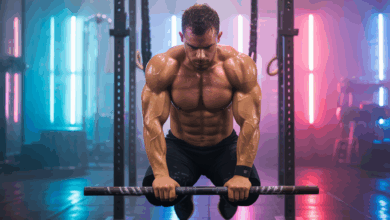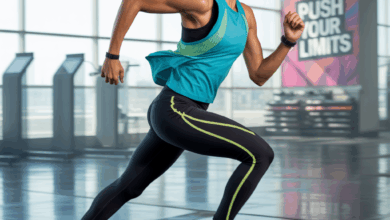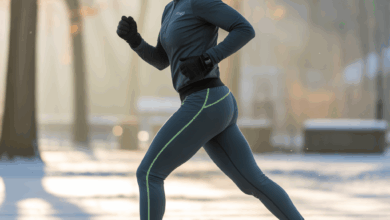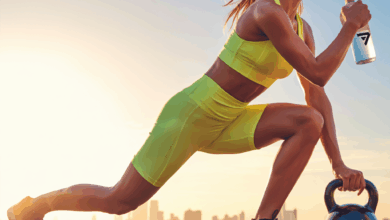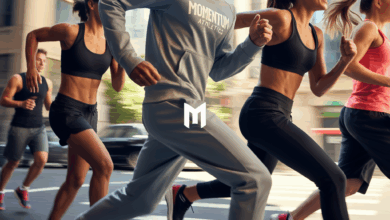Perfect Hiking Outfit: What to Wear for Comfortable, Safe Trails
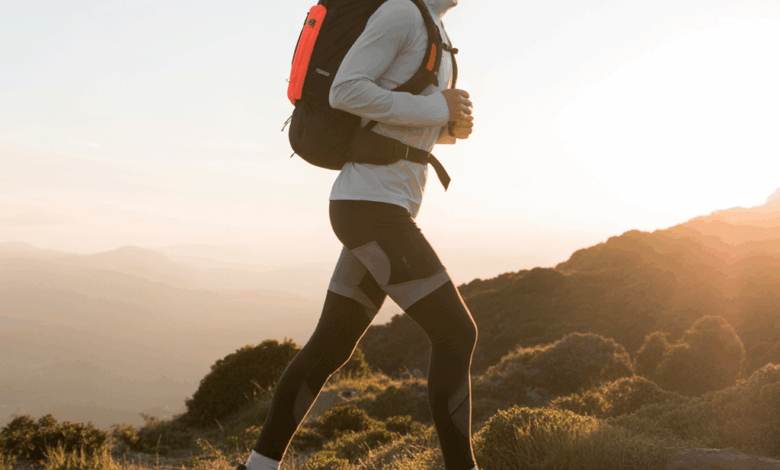
Ever started a beautiful hike only to realize your legs are drenched in sweat, your shirt is chafing, or your boots are giving you blisters by mile two? Choosing the right hiking outfit can make or break a trail day. Whether you’re prepping for a summer day hike or a multi-day trek, this guide — written from the perspective of a health & fitness blogger who spends weekends on trails — will help you pick gear, train your body, and eat smart so your next hike is comfortable, safe, and fun.
Why a proper hiking outfit matters
A well-planned trekking outfit does more than look good on the trail. It manages moisture, regulates temperature, protects from sun and insects, and reduces the chance of injury. The right clothes combined with targeted fitness prep and nutrition improve endurance and keep you enjoying views — not dealing with discomfort.
Choosing the right hiking outfit: layering, fabrics, and fit
Think of your hiking clothes as a system, not individual pieces. Layering is the golden rule for hiking apparel because it gives you control over temperature and moisture without adding bulk.
Base layer — moisture-wicking and snug
- Choose synthetic or merino wool: they pull sweat away from the skin better than cotton.
- Fit should be snug but not restrictive to allow freedom of movement.
Mid layer — insulation when needed
- Lightweight fleece or down for warmth; packable jackets are great for variable conditions.
- Zippered options help ventilate during climbs.
Outer layer — weather protection
- Waterproof/breathable shells for rain and wind.
- Softshells work for dry but cool days where wind resistance matters.
Bottoms, socks, and footwear
- Hiking pants or convertible zip-offs with a bit of stretch for comfort on steep terrain.
- Moisture-wicking socks; consider liner socks to prevent blisters.
- Choose the right hiking boots or trail shoes for ankle support and terrain — break them in before big trips.
Accessories that complete the trail-ready look
Don’t forget sun protection (hat and UV-blocking sunglasses), a lightweight daypack, trekking poles for balance, and a hydration system. Small items like gaiters, a buff or neck gaiter, and removable gloves make big differences in comfort.
Fitness tips to match your hiking outfit
Wearing the right clothes is only half the battle. Your body needs to be ready for the load and elevation. Here are practical strength and cardio variations to prepare for hikes.
Strength workouts for hikers
- Weighted step-ups: 3 sets of 12 per leg with a backpack to simulate uphill loading.
- Walking lunges: 3 sets of 20 steps, holding dumbbells to increase intensity.
- Single-leg deadlifts: 3 sets of 10 per leg to build hip stability and hamstring strength.
- Calf raises on a step: 4 sets of 15 to protect against steep descents.
Cardio and endurance
- Hill repeats or stair climbing 2x/week for leg endurance and VO2 improvements.
- Long, steady-state hikes on weekends building from 60 to 120+ minutes to mimic trail time.
- Interval training: 30 seconds hard, 90 seconds easy for 20 minutes to boost aerobic capacity.
Mobility and recovery
- Dynamic warm-ups (leg swings, hip circles) before hiking.
- Foam rolling and targeted stretches (hip flexors, calves, glutes) after activity.
Packed nutrition and hydration tips
Fuel your hike like an athlete. Before heading out, eat a balanced meal with carbs and protein — for instance, oatmeal with banana and peanut butter or eggs and toast. On the trail, snack every 45–60 minutes: trail mix, jerky, nut butter packets, or energy bars. For hydration, aim for at least 500–750 ml per hour in moderate conditions and more in heat. Add electrolyte tablets for long or sweaty hikes.
Real-world examples: outfits for common scenarios
Quick, relatable setups to inspire your next pack:
Hot summer day hike
- Lightweight merino tee, breathable shorts with liner, moisture-wicking socks, trail runners, wide-brim hat, and sunscreen.
Cool, rainy spring hike
- Synthetic base layer, light fleece mid-layer, waterproof shell, quick-dry pants, waterproof boots, and packable rain cover.
Multi-day backpacking trip
- Two base-layer shirts, insulating mid-layer, durable hiking pants, heavier trekking boots, sleep clothing, and a layering strategy for variable temps.
Frequently Asked Questions
A: Moisture-wicking synthetics (polyester blends) and merino wool are top choices. They dry fast, reduce chafing, and manage odor better than cotton.
A: Match shoes to terrain and load. Lightweight trail runners for short, fast hikes; midweight hiking shoes for day hikes; and supportive boots for heavy packs or rough terrain. Test them on similar inclines before long trips.
A: The core principles remain the same (layers, moisture control), but fabrics and insulation levels should change with seasons. Pack additional warm layers and waterproof shells in colder months.
Q3: Can I wear the same hiking outfit year-round?
A: The core principles remain the same (layers, moisture control), but fabrics and insulation levels should change with seasons. Pack additional warm layers and waterproof shells in colder months.
Putting it all together: practical checklist before you leave
- Base layer, mid-layer, outer layer packed and accessible
- Proper footwear broken in
- Socks and blister prevention (tape, moleskin, liners)
- Hydration and 300–500 calories per hour for strenuous hikes
- Sun protection, map/phone, and emergency kit
Want to level up your trail fitness? Try pairing the strength workouts above with a progressive hiking schedule. If you’re looking for guided plans, check out our workout routines and browse practical eating strategies in our nutrition guides. For lifestyle tips to stay injury-free, our wellness tips page has recovery and sleep strategies tailored to outdoor athletes.
Conclusion — Choose the right hiking outfit and move confidently
Picking the right hiking outfit is about function first: moisture management, layering, and footwear suited to your terrain. Combine smart clothing choices with targeted strength work, cardio training, and nutrition to fully enjoy the outdoors. Next time you plan a trail day, use the checklist above, practice the workouts, and tweak your gear to match the conditions. Ready to hike smarter and feel better on the trail? Start by assembling your ideal hiking outfit, then schedule a training session this week — your legs (and views) will thank you.
Call to action: Put together your trail outfit today and commit to one strength workout and one hill session this week. Share your favorite hiking outfit or training tip in the comments to help others hit the trail with confidence.

